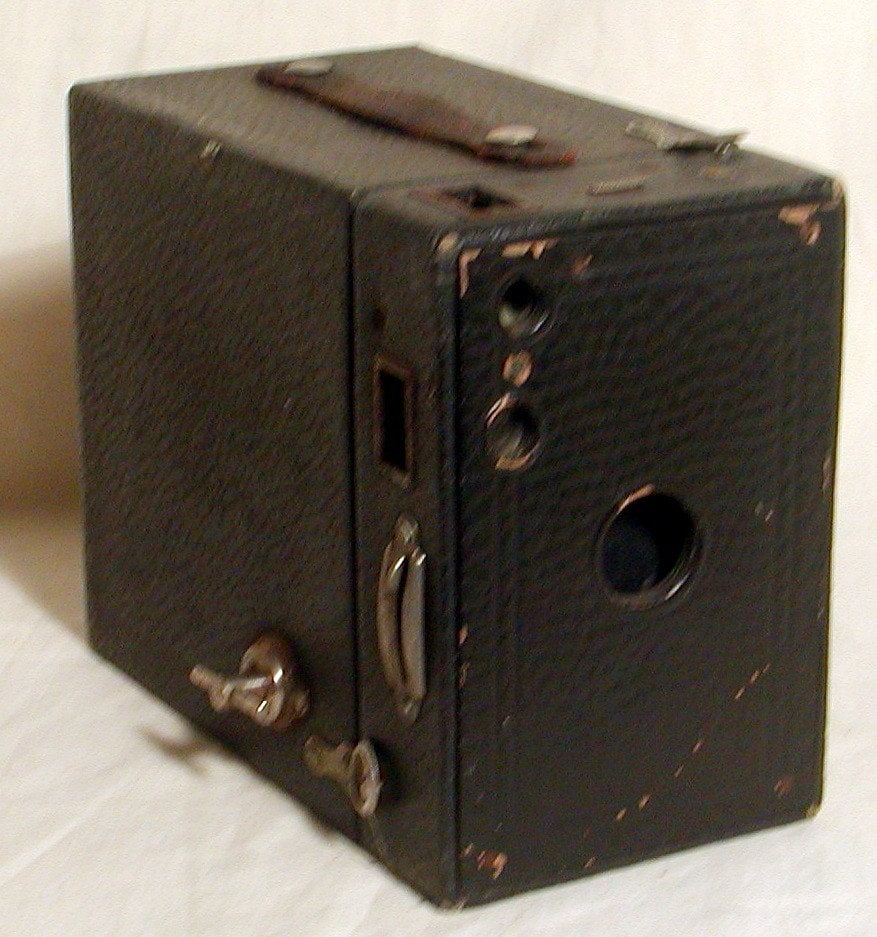Benco
TPF Noob!
- Joined
- Jan 6, 2013
- Messages
- 923
- Reaction score
- 253
- Location
- Falkland Islands
- Can others edit my Photos
- Photos OK to edit
The only thing certain is uncertainty.
Maybe.
The only thing certain is uncertainty.
The camera is only a tiny part of the production engine of a motion picture whereas in still photography the camera can be the single most important and largest part.
So the camera was responsible for all those great photo of yours? Can I borrow it?
For every decent photo there are 1000 that are echhhh, believe me.
Stevepwns said:SNIP>>>>>Photography is in a stage where the technology makes it easier for the average person to point, shoot and take a decent picture. BUT the time will come back when people realize they should have paid for the service. Who knows how long it will take, but it I believe it will happen.
The last few years photography has become available to almost everyone with a few bucks.
When was this ever not the case?
The thing that has become cheaper over time is the duplication and distribution/dissemination of photographic images. There was a time when film was $3.99 per roll (IOW, priced at the cost of 4.48 gallons of gasoline @ $.89/gallon ), and decent-quality color print film developing was $10.99 per roll of 36 exposures printed (12.3 gallons of gasoline at $.89/gallon). At those prices, photographic film and print processing. In other words, buying a roll of 36 exposure color print film and having it developed at a decent lab, in the early 1990's, would set a regular person back as much as it would have cost them to buy one normal-sized tank full of gasoline; today, at $3.89 per gallon, that equates to $65. Photography used to carry with is very significant, REAL costs; film, devloping, proofing,printing, and enlarging used to represent very significant, ongoing costs for image-makers. Today, that is not the case. Today, the costs are hugely lower; a $2,495 Fuji S2 Pro d-slr gave me $75,000 worth of "e-6 film and processing" in only two years' worth of use, a decade ago--and that was with ZERO costs for fuel and time and lab trips...with a low-cost $650 d-slr, the cost-per-image creation cost is even more dramatically skewed.
So, in the early 1990's, shooting color prints was expensive. When the 1990's prices are adjusted to keep pace with the price of gasoline today, we can see that a 36-print cost was the equivalent of about $65, in today's money, using a necessity like gasoline as a way to track the relative cost of a luxury, like photographs.
Images used to be share-able only via prints (or slide shows). PRINTS were the normal way to view and share images; today, on-screen display is the norm. Digital capture has eliminated film costs, developing costs, printing costs, and enlarging costs, as well as costs for additional reprints to share with others who are not in the immediate, physical presence of an image.
The photography-for-pay industry really began to crumble seriously once SCANNERS became common; flatbed scanners that could take a traditional, printed image, and scan and digitize it, are what opened the floodgates that washed away the Old Model of shooting/proofing/selling prints and enlargements. Once computer imaging (meaning, the ,JPG image format and the personal computer evolution) developed and became more widespread, it was only about eight years or so before "film and prints" lost out to digitally-made, digitally-viewed, and digitally-distributed imaging as the New Model.
The real issue today is that people are trying to use older approaches that used to work, in a new era; an era where an image can EASILY (meaning in seconds, and with minimal skill required) be copied, and then distributed, for almost no monetary costs. The entire use model, cost model, pricing model, and delivery model--all those things are now...different. so, it's pretty difficult to predict how things are going to go, exdept if one just says, "The future will be different than the past was."
So the camera was responsible for all those great photo of yours? Can I borrow it?
For every decent photo there are 1000 that are echhhh, believe me.
Oh I am sure, but there is your point evaporated. The camera does it's job just fine. It's the lighting, subject and photographer that make the photo, same as the director, script and actors make a movie.
Steve5D said:SNIP>>>My point is that photography has always been available to the masses...

I suppose it's easy to actually ignore the history of photography, and make unfounded, ignorant statements.The fact is, until rollfilm was developed, photography was an art and a craft, practiced almost exclusively by professionals, and a HANDFUL of people who were avid hobbyists--and many of them were financially quite well-off.
I suppose it's easy to actually ignore the history of photography, and make unfounded, ignorant statements.The fact is, until rollfilm was developed, photography was an art and a craft, practiced almost exclusively by professionals, and a HANDFUL of people who were avid hobbyists--and many of them were financially quite well-off.
And many of them, I'm sure, were not.
The OP's intent was pretty clear, that being that the advent of digital cameras and high quality cell phone cameras have made photography available to the masses. Sorry, but that's just not an informed position to take.
I suppose we could argue the history of just about anything, but that would be, well, ignorant, don't you think? Again, the OP's intent was pretty clear, and I addressed it from that perspective.
I do believe you're the only one here who didn't catch that...

